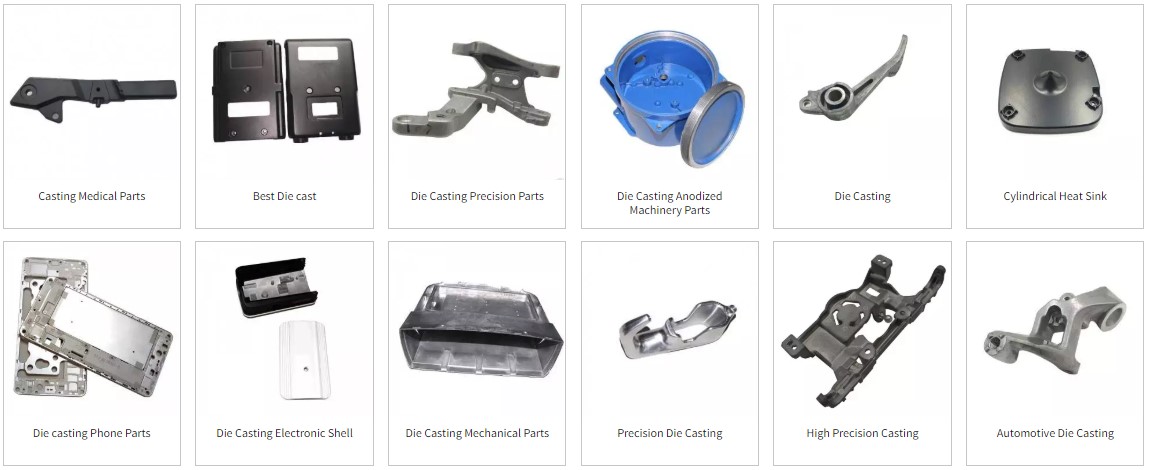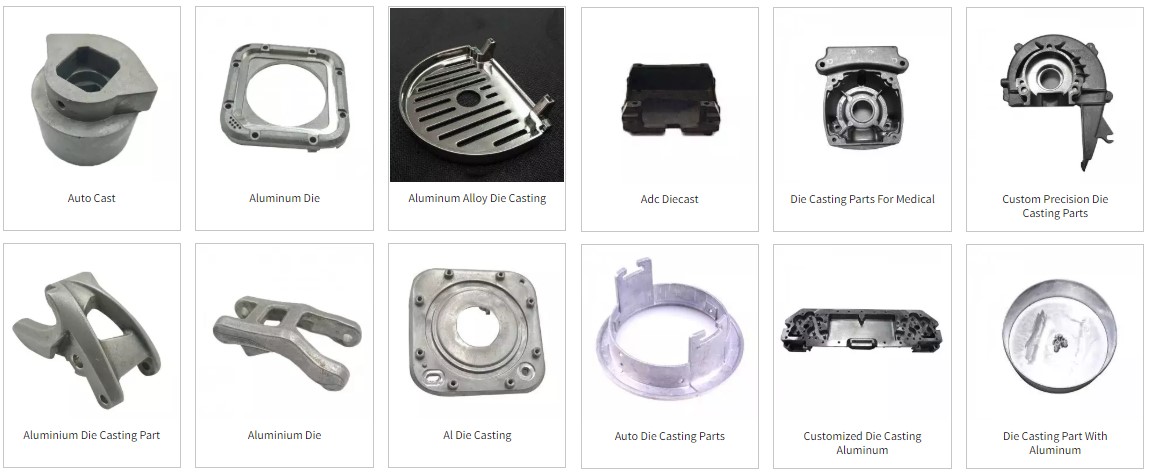 Die casting is an efficient, economical process for producing engineered metal parts by forcing molten metal under high pressure into steel molds. These molds, called dies, can be designed to produce complex shapes with a high degree of accuracy and repeatability.
Die casting is an efficient, economical process for producing engineered metal parts by forcing molten metal under high pressure into steel molds. These molds, called dies, can be designed to produce complex shapes with a high degree of accuracy and repeatability.
Die casting offers a broad range of shapes and components. Die cast parts are strong, durable and dimensionally precise, have a long service life, and can be designed to complement the visual appeal of surrounding parts.
Die-casting is normally done using two different processes:
In a cold chamber process, molten metal is ladled into the cold chamber for each shot. There is less time exposure of the melt to the plunger walls or the plunger. This is particularly useful for metals such as aluminum and copper that alloy easily with Iron at higher temperatures.
In a hot chamber process the pressure chamber is connected to the die cavity and immersed permanently in the molten metal. The inlet port of the pressurizing cylinder is uncovered as the plunger moves to the open position. This allows a new charge of molten metal to fill the cavity and thus can fill the cavity faster than the cold chamber process. The hot chamber process is used for metals of low melting point and high fluidity such as tin, zinc, and lead that tend not to alloy easily with steel at their melt temperatures. Aluminum, zinc and copper alloys are the materials predominantly used in die-casting. Pure aluminum, however, is rarely cast due to high shrinkage and susceptibility to hot cracking.

Every metal alloy available for die casting offers different advantages:
Aluminum has good corrosion resistance and mechanical properties, high thermal and electrical conductivity, as well as strength at high temperatures. Aluminum is often cast at a temperature of 650 C. It can be alloyed with silicon and copper. Silicon increases the melt fluidity, whereas copper increases hardness and reduces ductility.
Zinc is the easiest alloy to cast. Zinc is economical for small parts and has a low melting point. The casting is done at a fairly low temperature of 425 C so the part does not have to cool much before it can be ejected from the die. This, in combination with the fact that Zinc can be run using a hot chamber process allows for a fast fill, fast cooling.
Magnesium is the lightest alloy in common use.
Copper possesses high hardness, high corrosion resistance and the some of the best mechanical properties out of all alloys. Copper alloys are used in plumbing, electrical and marine applications where corrosion resistance is important.
Products


Other samples

